Building Your Dream DIY Cabin: A Step-by-Step Guide
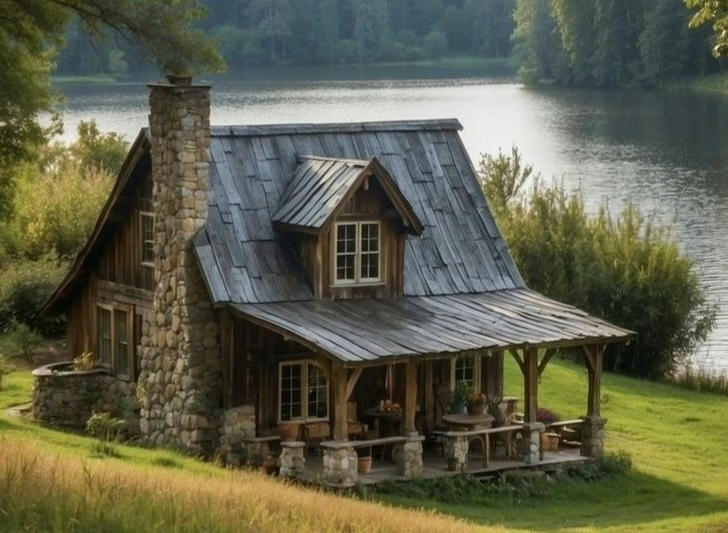
Creating your own DIY cabin can be one of the most rewarding projects you undertake. Not only does it allow you to escape into nature, but it also provides a space for relaxation, creativity, and even a bit of adventure. This guide will walk you through the essential steps and tips for designing and building your own log cabin.
1. Defining Your Vision
Before you start swinging hammers or laying logs, take some time to envision what you want your cabin to be. Consider the following:
•Purpose: Will this be a weekend getaway, a full-time residence, or a guest house?
•Size: How many rooms do you need? What layout do you envision?
•Style: Do you prefer a rustic, traditional look, or something more modern?
Sketching your ideas can help clarify your vision.
2. Choosing the Right Location
The location of your cabin is crucial. Here are some factors to consider:
•Access to Resources: Ensure you have access to water, electricity, and materials.
•Zoning Laws: Check local regulations regarding building permits and zoning restrictions.
•Natural Features: Think about the views, sunlight, and protection from harsh weather.
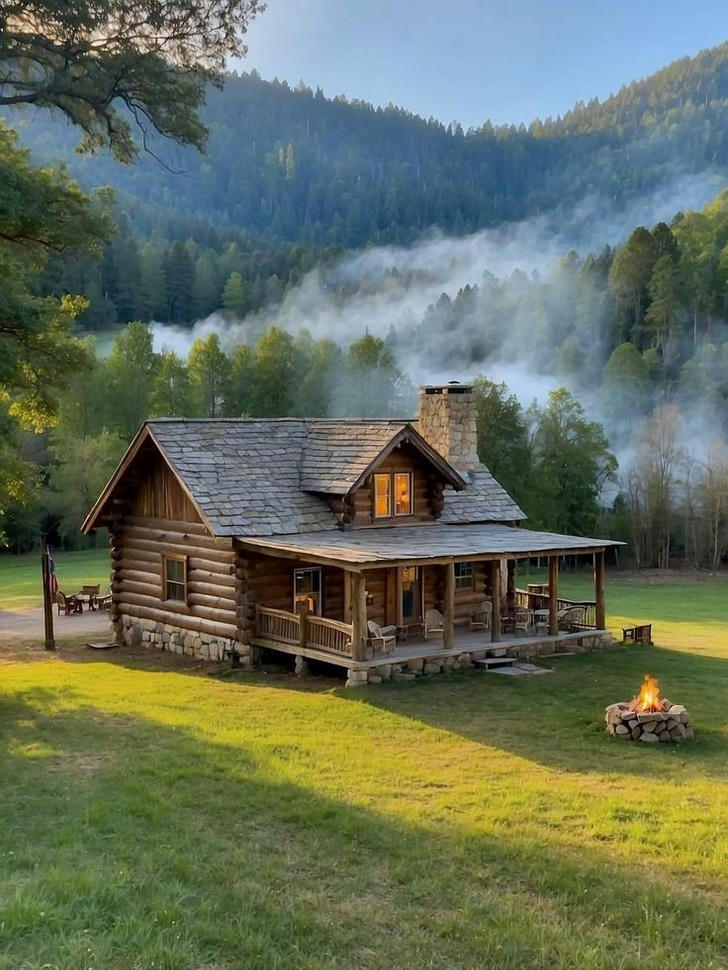
3. Designing Your Cabin
Once you have a vision and a location, it’s time to design your cabin. Use software like SketchUp or a simple graph paper to create a blueprint. Focus on:
•Foundation: Will you use a concrete slab, piers, or a wooden foundation?
•Layout: Plan the placement of rooms, doors, and windows for optimal functionality and aesthetics.
•Materials: Decide on the type of logs (e.g., round, square, or milled) you will use.
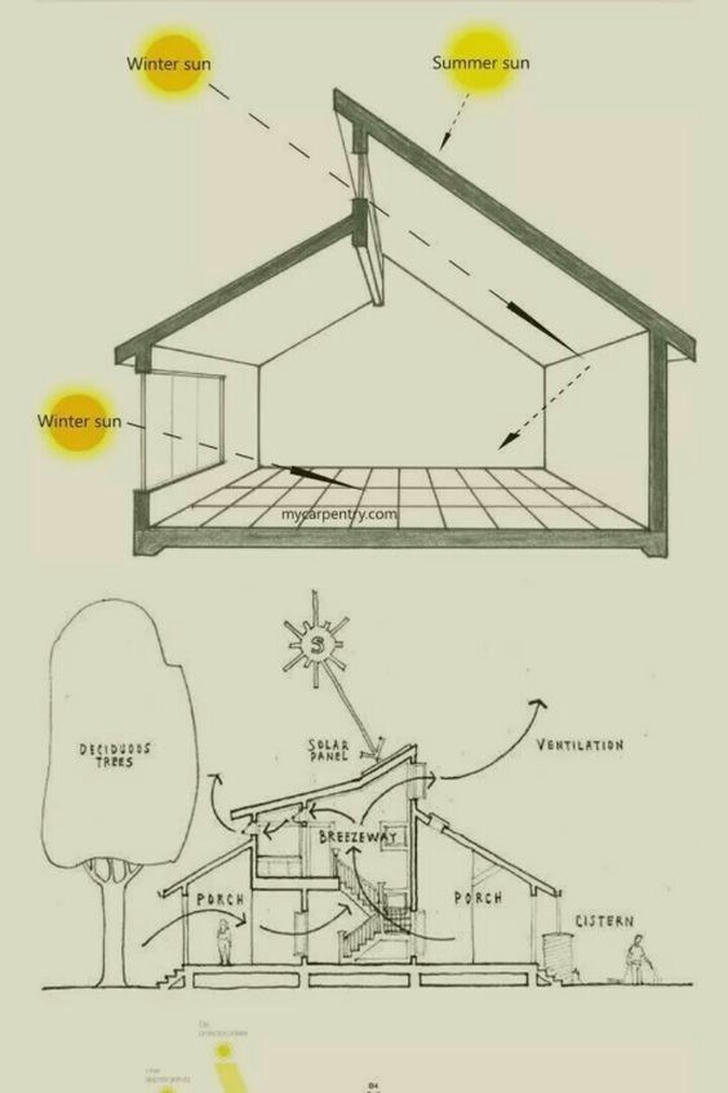
4. Gathering Materials
Building a log cabin requires various materials. Here’s a basic list:
•Logs: Depending on your design, you might need a mix of different types of logs.
•Roofing: Choose materials that suit your style—metal, shingles, or thatch.
•Insulation: Consider foam boards, fiberglass, or straw bales for energy efficiency.
•Finishing Touches: Paint, varnish, and hardware like doors and windows.
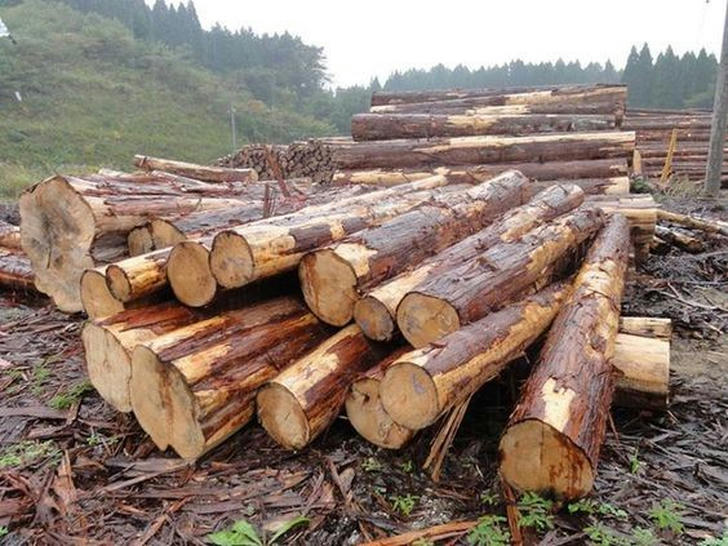
5. Laying the Foundation
A strong foundation is vital for your cabin's longevity. Here are the common types:
•Concrete Slab: Offers durability and is suitable for level ground.
•Pier Foundation: Ideal for sloped land, providing airflow beneath the cabin.
•Wooden Foundation: Gives a traditional look but may require more maintenance.
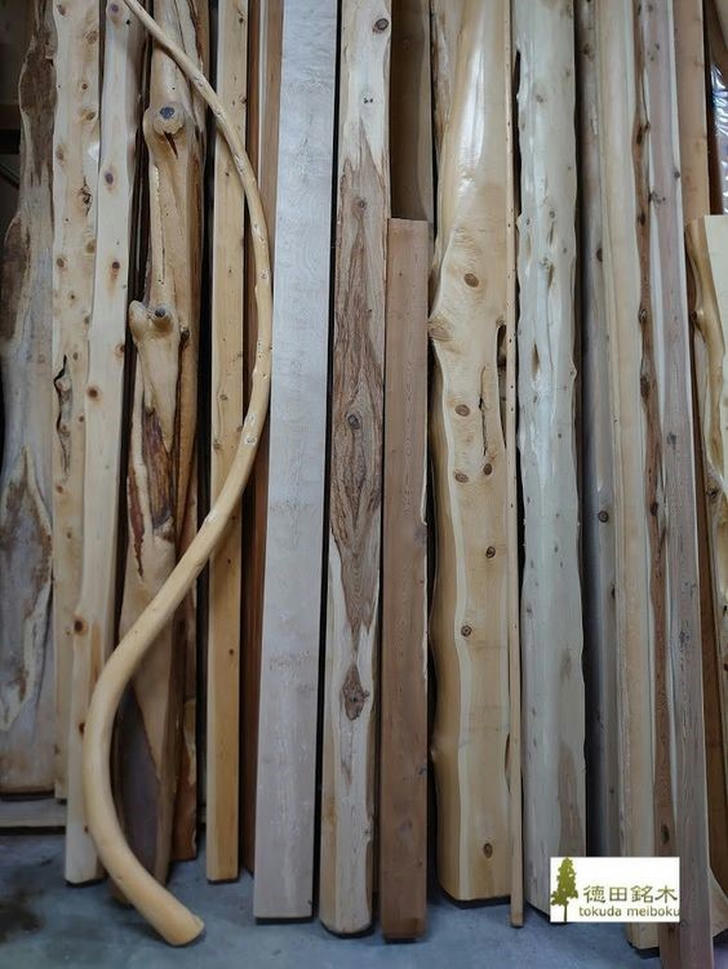
6. Constructing the Walls
Now, it’s time to start stacking your logs. Here are some tips:
•Chinking: Fill gaps between logs with a chinking material to provide insulation and weatherproofing.
•Log Preparation: Debark and treat logs to prevent pests and rot.
•Staggering Joints: Staggering the logs will enhance stability.
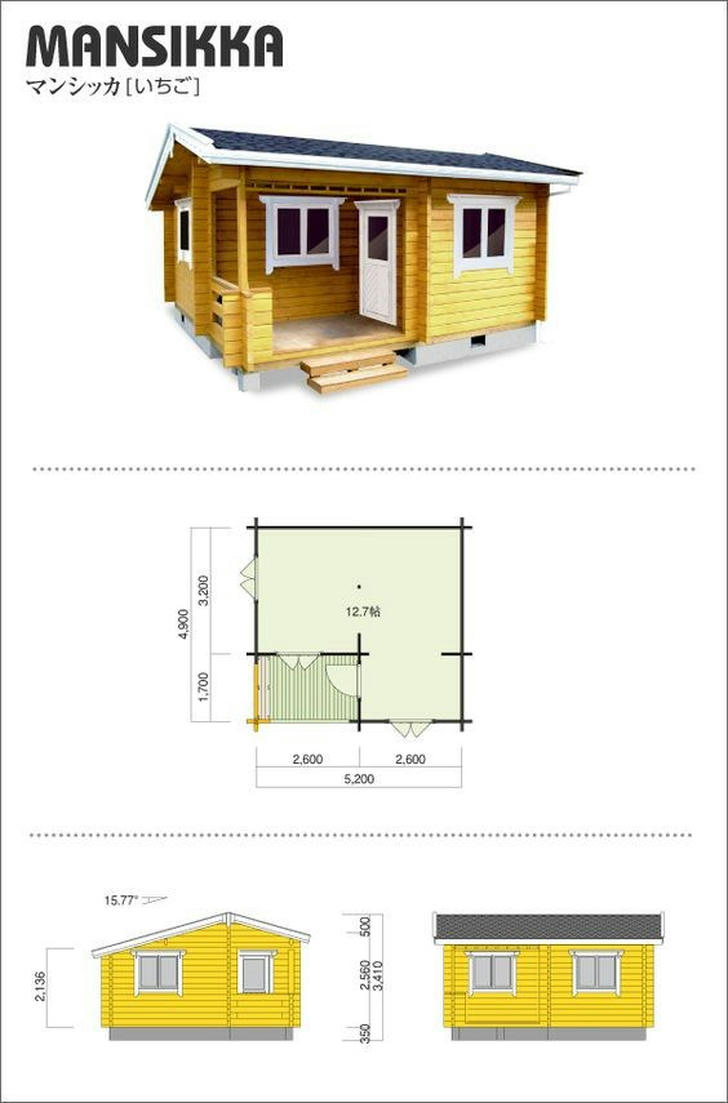
7. Installing the Roof
The roof is another critical component. Here’s what to consider:
•Pitch: A steeper pitch can help with snow runoff and drainage.
•Overhangs: Add eaves to protect the walls from rain and sun.
•Material: Choose a roofing material that complements your cabin style.
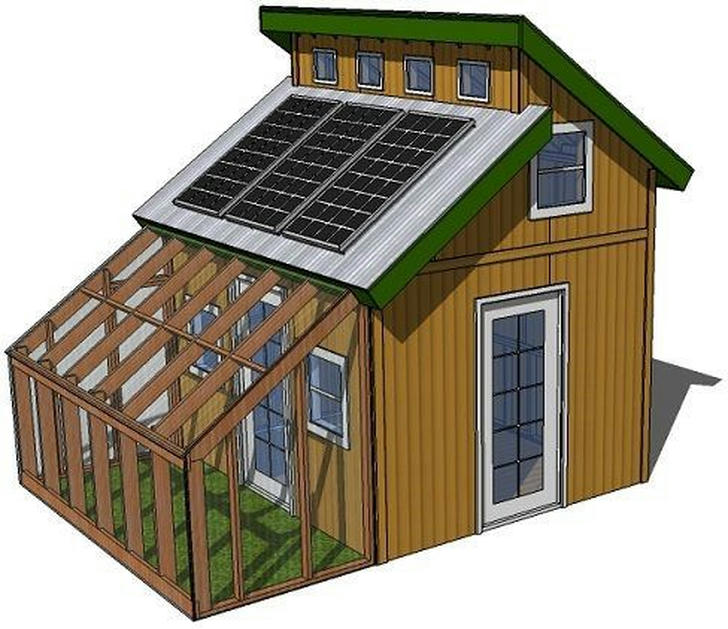
8. Adding Windows and Doors
Windows and doors can significantly affect the cabin’s aesthetics and functionality. Consider:
•Placement: Ensure natural light flows into your cabin.
•Style: Choose designs that match your overall theme.
•Energy Efficiency: Look for double or triple-pane windows to improve insulation.
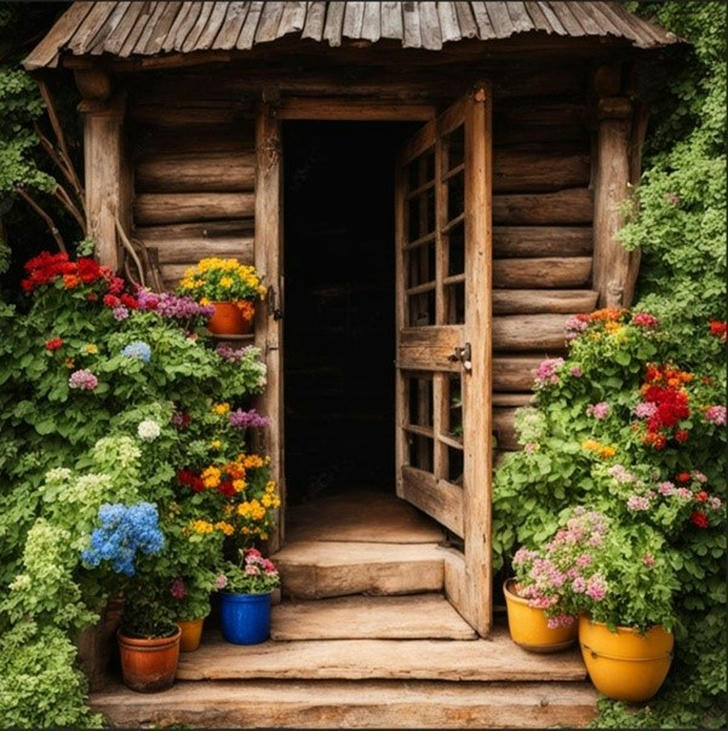
9. Interior Finishing
With the structure complete, turn your attention to the interior:
•Walls: Consider wood paneling for a cozy feel or drywall for a modern look.
•Flooring: Choose durable materials that withstand wear and tear, like hardwood or laminate.
•Utilities: Install plumbing, electrical systems, and heating options as needed.
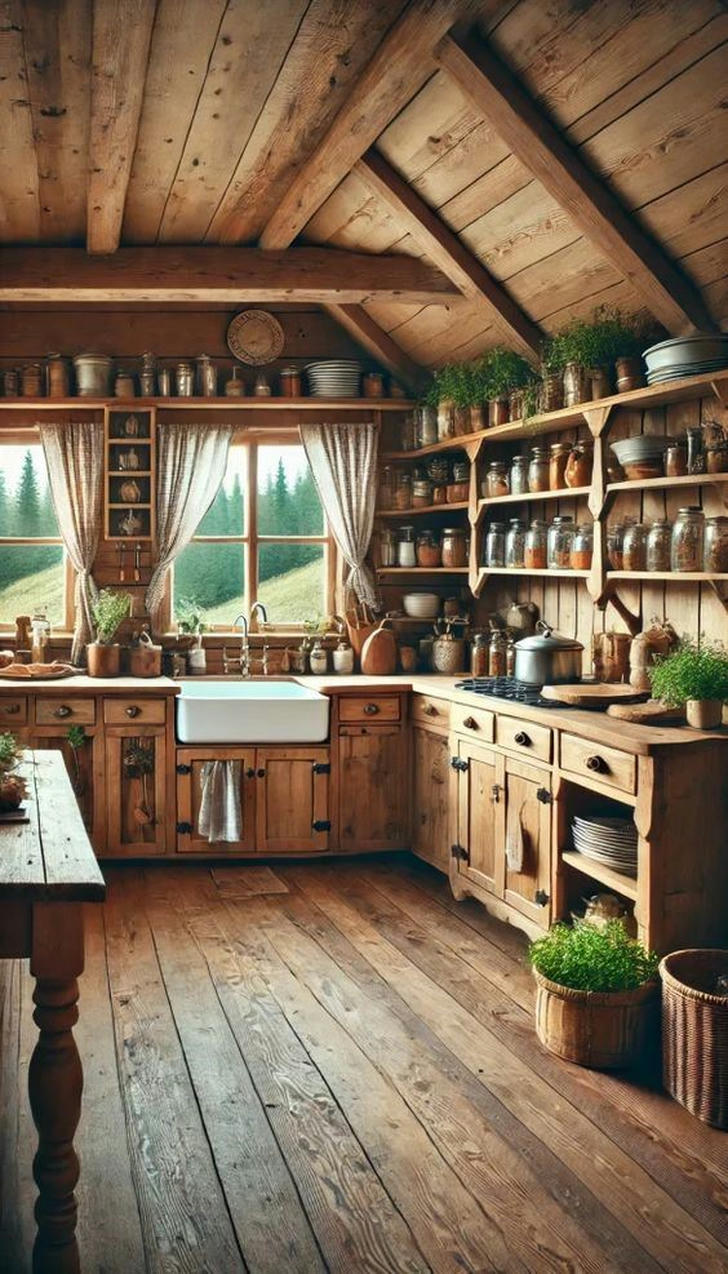
10. Landscaping
Finally, don’t forget to beautify the surrounding area:
•Paths: Create walking paths with stones or mulch.
•Gardens: Consider planting native plants or a small vegetable garden.
•Outdoor Living: Build a deck or patio for enjoying the outdoors.
Conclusion
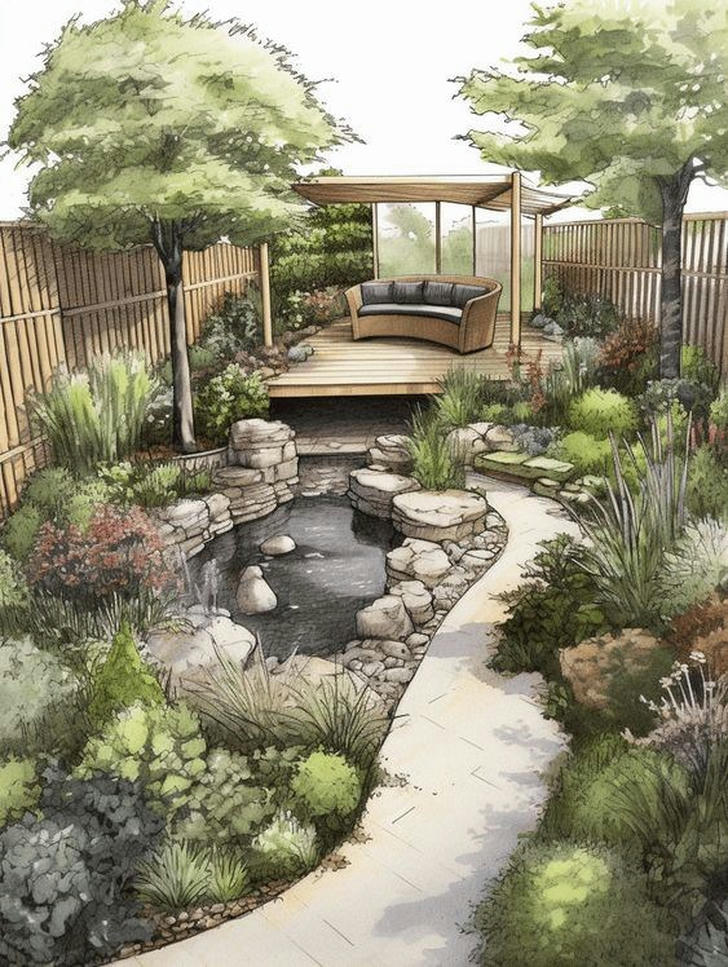
Building your own DIY log cabin can be a fulfilling endeavor that connects you with nature and offers a peaceful retreat. By following these steps, from defining your vision to landscaping, you can create a space that reflects your personality and needs. Embrace the journey, enjoy the process, and soon you'll be relaxing in your very own cabin!
